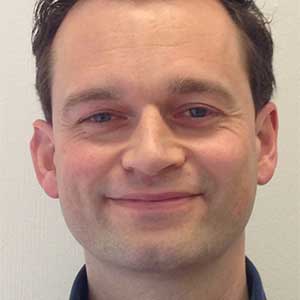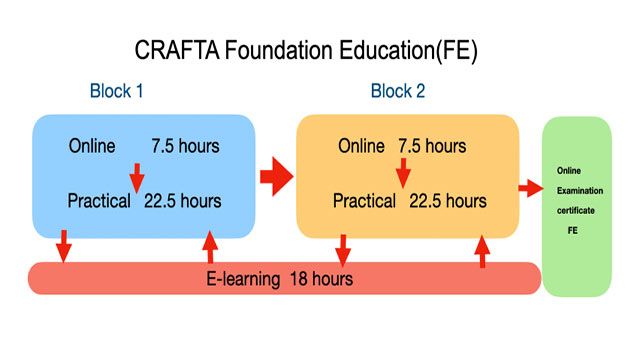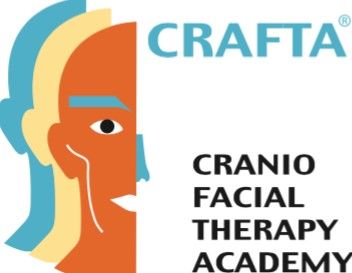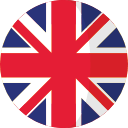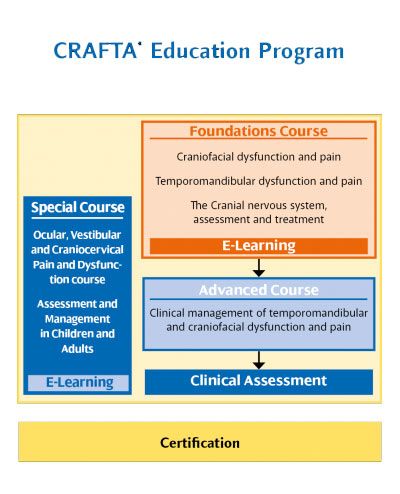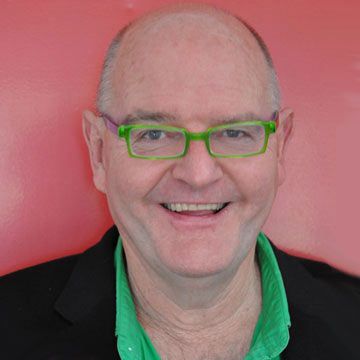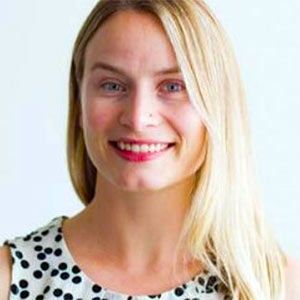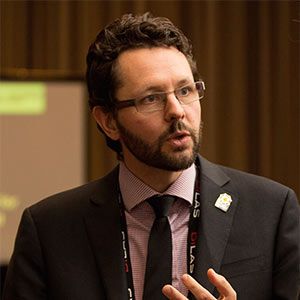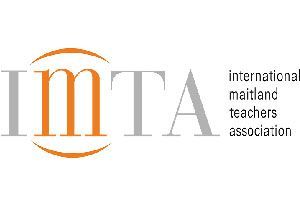Abordaje integral del dolor cronico by Pain in Motion (NJSP)
Abordaje integral del dolor cronico by Pain in Motion (NJSP)
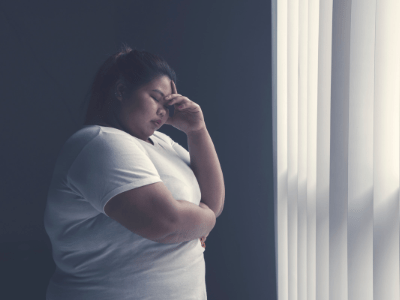
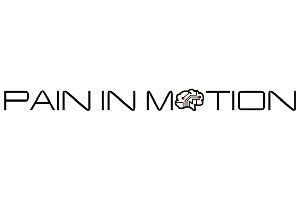
Influencias del estres, sueño, actividad física y alimentación
El dolor crónico tiene un enorme impacto personal y socioeconómico. Los factores del estilo de vida, como la (in)actividad física, el comportamiento sedentario, el estrés, la falta de sueño, la dieta poco saludable y el tabaquismo, se asocian a la gravedad del dolor crónico y a su mantenimiento.
Esto se aplica a todas las categorías de edad, es decir, el dolor crónico se extiende a lo largo de toda la vida. Sin embargo, las opciones de tratamiento actuales a menudo no abordan, o sólo lo hacen parcialmente, los numerosos factores del estilo de vida asociados al dolor crónico, o intentan abordarlos en un formato estándar en lugar de proporcionar una intervención multimodal del estilo de vida adaptada individualmente
Por lo tanto, este curso aborda esta laguna enseñando a los fisioterapeutas y diplomados en ciencias de la salud a abordar varios factores del estilo de vida de forma concomitante en una intervención multimodal del estilo de vida adaptada individualmente para las personas que sufren dolor crónico. Este enfoque del estilo de vida es muy divertido para los profesionales, especialmente cuando consiguen implicar a sus pacientes en el programa de tratamiento
Este curso está dedicado a que los profesionales disfruten más de su trabajo con los pacientes con dolor. En última instancia, esto debería conducir a un mayor impacto clínico con tamaños de efecto más altos y, posteriormente, a la disminución de la carga psicológica y socioeconómica del dolor crónico en el mundo occidental.
Será una formación oficial con certificación otorgada por la institución belga Pain In Motion: http://www.paininmotion.be/
IMPORTANTE: apuntes en formato digital. Impartido en inglés con traducción consecutiva.
Datos del curso
4DETALLES DEL CURSO
- DURACIÓN: 14 horas
- DIRIGIDO A: Fisioterapeutas y Diplomados en ciencias de la salud
- TITULACIÓN OBTENIDA: Certificado otorgado por Pain and Motion
- LUGAR: Centre Univers: Calle Comte de Salvatierra, 5-15 – 08006 Barcelona
FECHAS:
- Pendiente de fechas
HORARIO:
- De 9:00 a 13:00 y de 15:00 a 17:00 h
JO NIJS
Jo Nijs tiene un doctorado en ciencias de la rehabilitación y fisioterapia. Es profesor en la Vrije Universiteit Brussel (Bruselas, Bélgica), fisioterapeuta / terapeuta manual en el Hospital Universitario de Bruselas y titular de la Cátedra “Inmunología del ejercicio y fatiga crónica en la salud y la enfermedad” financiada por la Academia Berekuyl, Países Bajos.
(VER +)
PAUL VAN WILGEN
Prof. Dr. Cornelis Paul van Wilgen
Fisioterapia / Psicología / Investigación científica / Profesor
Fisioterapeuta/psicólogo/Director-fundador: Transcare; Equipo transdisciplinar de tratamiento del dolor
(VER +)
Precios y matrícula del curso
Precio: 320 €
Descuentos:
- FTP: Desde 0€ Formación Bonificada GRATUITA para el trabajador. Recupera el importe del curso bonificándolo por la Fundación Tripartita
Matrícula abierta hasta fin de plazas
COMO MATRICULARSE
1.- Cumplimentar Inscripción
2.- Pago de INSCRIPCIÓN 250€ por tarjeta. Resto según calendario de pagos por transferencia a ES2000810646340001361838 – SWIFT/BIC BSABESBB – Kenzen Formacion S.L. o en efectivo según se indica
3.- Seguir indicaciones y cumplimentar el calendario de pagos
Calendario de pagos:
- Resto del pago: antes del primer seminario*
*por transferencia o en efectivo el día del inicio del seminario
Recomendación:
En caso de que por motivo del curso debas incurrir en algún gasto de desplazamiento y alojamiento, sugerimos esperar hasta que se confirme el curso en cuestión. La organización no se hace responsable de dichos gastos y puede cancelar el curso hasta 5 días antes de su realización.
Objetivos del curso:
Al finalizar este curso, los alumnos serán capaces de:
1. Aplicar un enfoque de estilo de vida para el manejo del dolor crónico en la práctica clínica;
2. Identificar los factores relevantes del estilo de vida en pacientes con dolor crónico;
3. Evaluar los factores del estilo de vida en los pacientes con dolor crónico;
4. Proporcionar educación neurocientífica sobre el dolor junto con entrevistas motivacionales para que los pacientes con dolor crónico adopten un estilo de vida;
5. Tratar los factores relevantes del estilo de vida en los pacientes con dolor crónico.
Programa del curso:
Programa del día 1:
09.00 Introducción
09.15 Estilo de vida y dolor crónico: el papel del estrés, el sueño, la actividad física, la dieta, el alcohol y el tabaco
11.00 Pausa-café
11.15 Entrenamiento de habilidades para la identificación y evaluación de los factores del estilo de vida en pacientes con dolor crónico en la práctica clínica (utilizando estudios de casos)
13.00 Almuerzo
14.00 Entrenamiento de habilidades para la identificación y evaluación de los factores del estilo de vida en pacientes con dolor crónico en la práctica clínica (continuación)
15.30 Pausa para el café
15.45 Habilidades de razonamiento clínico y toma de decisiones compartidas en el manejo del estilo de vida de los pacientes con dolor crónico
17.00 Fin del día 1
Programa del día 2:
09.00 Involucrar a los pacientes en un enfoque de estilo de vida para el manejo del dolor crónico a través de la educación en neurociencia del dolor y la entrevista motivacional: entrenamiento de habilidades
11.00 Pausa-café
11.15 Cambio de comportamiento hacia un estilo de vida activo y habilidades de autogestión para mejorar el sueño en pacientes con dolor crónico
13.00 Almuerzo ligero
14.00 Habilidades de autogestión para mejorar la dieta (apoyo nutricional) y disminuir el uso de opioides en pacientes con dolor crónico
15.30 Pausa para el café
15.45 Habilidades de autogestión para disminuir el estrés y reconocer los factores psicosociales en pacientes con dolor crónico
17.00 Fin del día 2
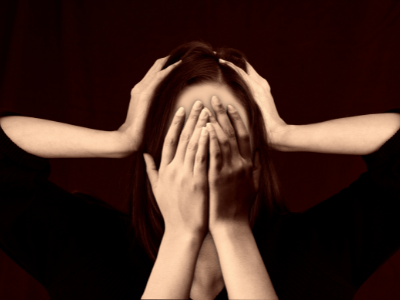
Referencias:
- Nijs J, D’Hondt E, Clarys P, et al. Lifestyle and Chronic Pain across the Lifespan: An Inconvenient Truth? PM & R : the journal of injury, function, and rehabilitation 2020; 12(4): 410-9.
- Malfliet A, Marnef AQ, Nijs J, et al. Obesity Hurts: The why and how of Integrating Weight Reduction with Chronic Pain Management. Physical therapy 2021.
- Vitiello MV, McCurry SM, Shortreed SM, et al. Cognitive-behavioral treatment for comorbid insomnia and osteoarthritis pain in primary care: the lifestyles randomized controlled trial. Journal of the American Geriatrics Society 2013; 61(6): 947-56.
- Okifuji A, Hare BD. The association between chronic pain and obesity. Journal of pain research 2015; 8: 399-408.
- Torres-Ferrus M, Vila-Sala C, Quintana M, et al. Headache, comorbidities and lifestyle in an adolescent population (The TEENs Study). Cephalalgia : an international journal of headache 2018: 333102418777509.
- Nijs JG, SZ; Clauw, DJ; Fernández-de-las-Peñas, C; Kosek, E; Ickmans, K; Fernández Carnero, J; Polli, A; Kapreli, E; Huysmans, E; Cuesta-Vargas, AI; Mani, R; Lundberg, M; Leysen, L; Rice, D; Sterling, M; Curatolo, M. . Central sensitisation in chronic pain conditions: Latest discoveries and their potential for precision medicine. The Lancet Rheumatology 2021; 3: e383-92.
- Nijs J, Mairesse O, Neu D, et al. Sleep Disturbances in Chronic Pain: Neurobiology, Assessment, and Treatment in Physical Therapist Practice. Physical therapy 2018; 98(5): 325-35.
- Nijs J, Wijma AJ, Willaert W, et al. Integrating Motivational Interviewing in Pain Neuroscience Education for People With Chronic Pain: A Practical Guide for Clinicians. Physical therapy 2020; 100(5): 846-59.
PASO 1
Rellenar el FORMULARIO DE INSCRIPCIÓN con todos los datos requeridos
PASO 2
Una vez rellenado el formulario de inscripción, debes hacer el pago de la inscripción por tarjeta débito / crédito en:
PASO 3
Ya estarás inscrito/a al curso, comprueba que todo esté correcto en el email que habrás recibido y seguir el calendario de pagos. Si tienes alguna duda o algo a fallado en el proceso de pago puedes contactar a info@kenzenformacion.com

